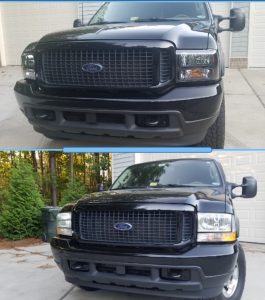Used Cars & College
Before you know it they’ll be on their way! Not to worry, there’s still time to hunt for the perfect car since most first year students won’t begin driving until second semester. Returning students however need to start their search today!
Check these essential points you’ll need to consider when making your choice. Whether campus is up the street or across the state, finding the right ride, staying on your budget, and maintaining peace of mind are job #1.
What’s your budget?
School is expensive, particularly if you have more than one scholar heading to college. The first thing to consider when looking for a back-to-school vehicle is what a reasonable budget might be. How much you can afford for a down payment and monthly loan installments will determine your options.
Buying a used back-to-school car is a smart choice, especially with new car prices today. Many new cars will lose over half their value in the first five years. This can be quite a pill to swallow if you’re planning to upgrade anytime soon. Buying used means that someone else takes the hit for you!
How far are you driving?
Is school just down the road, a few hours across the state, will it be driven to and from daily? This one is critical, your car’s health can depend on your travel distance. Driving shorter distances can actually harm your engine by not allowing the engine to reach an efficient operating temperature. This lower temperature may stop oil from rising to it’s optimal temperature and viscosity. It’s thicker with a slower rate of flow especially in cold weather. This can increase friction between the moving parts of a vehicle’s engine and transmission during cold weather. I suggest the five minute rule when warming up the engine. This warms up the oil so it’s less viscous and flows better. A newer vehicle with better over all efficiency may also be a consideration for short distances. When driving longer distances, one with impressive miles-to-the-gallon may be the best choice, especially today!
How easy will it be to maintain?
The cost of repairs should be a strong consideration when choosing a back to school car. Unless you’re student is majoring in state-of-the-art auto mechanics they’ll appreciate easy maintenance and your pocket will too! The factors below can determine easy vs hard when it comes to repairs and regular maintenance. Included are some common examples of cars that meet these requirements!
Highly regarded as reliable
Subaru Outback
7th to 9th generation Honda Civic, manufactured from 2001 to 2016
Toyota Camry
Honda Civic
Room to work and access parts
2007 to 2013 Chevrolet Silverado
Ford Crown Victoria
Honda Civic
Subaru Outback
Toyota Camry
Nissan Titan
Ford Edge (Also has great fuel economy)
Simple Technology
Chevrolet Silverado
Ford Crown Victoria
Subaru Outback particularly models from 2010 to 2014
Toyota Camry
Toyota Corolla
Easy access to replacement parts
Toyota Corolla
Honda Civic 7th to 9th generation manufactured from 2001 to 2016
Have you done your research?
Practice what you preach: always do your homework! Once you establish your budget and the appropriate vehicle, it’s time to narrow down your selection to a list of ideal cars.
When creating this list, be sure to focus on practical options and vehicles that will suit yours and your young driver’s needs for the next few years without breaking the bank. Avoid big, luxury, or sporty cars, as costs are notably higher when it comes to maintenance, major repairs, insurance, and fueling.
Be sure to compare your picks with Consumer Reports. This publication collects data from over a million cars per year and presents reliability information that covers the past decade. You should also look into online reviews of the vehicles you’re considering, weighing the pros and cons of each. Ensuring that you’ve picked a reliable vehicle could save your loved one down the road.
Do you know what you’re buying?
Once you’ve narrowed your options, it’s time to check it out in person. When buying a used car, it’s important to inspect for flaws or damages. Look over the vehicle inside and out during the day when flaws and potential repairs are more easily seen. Getting it checked out thoroughly by your trusted mechanic is always a good idea too. A professional inspection won’t cost too much, and it’ll buy you both peace of mind for future maintenance and repair costs.
For price details click on these smart back-to-school options from TM Auto’s inventory
Need help deciding or just want to take a closer look?
Call or text (757) 560-4252 and ask Mike Love
Sources:
The Carzing Team, “7 Cars that are easiest to maintain and fix” carzing.com March 8, 20219 Web. Retrieved from: https://www.carzing.com/blog/car-reviews/7-cars-easiest-maintain-fix/
TM Auto Wholesalers, ” Inventory” tmutova.com June 29, 2022 Web. Retrieved from: https://www.tmautova.com/





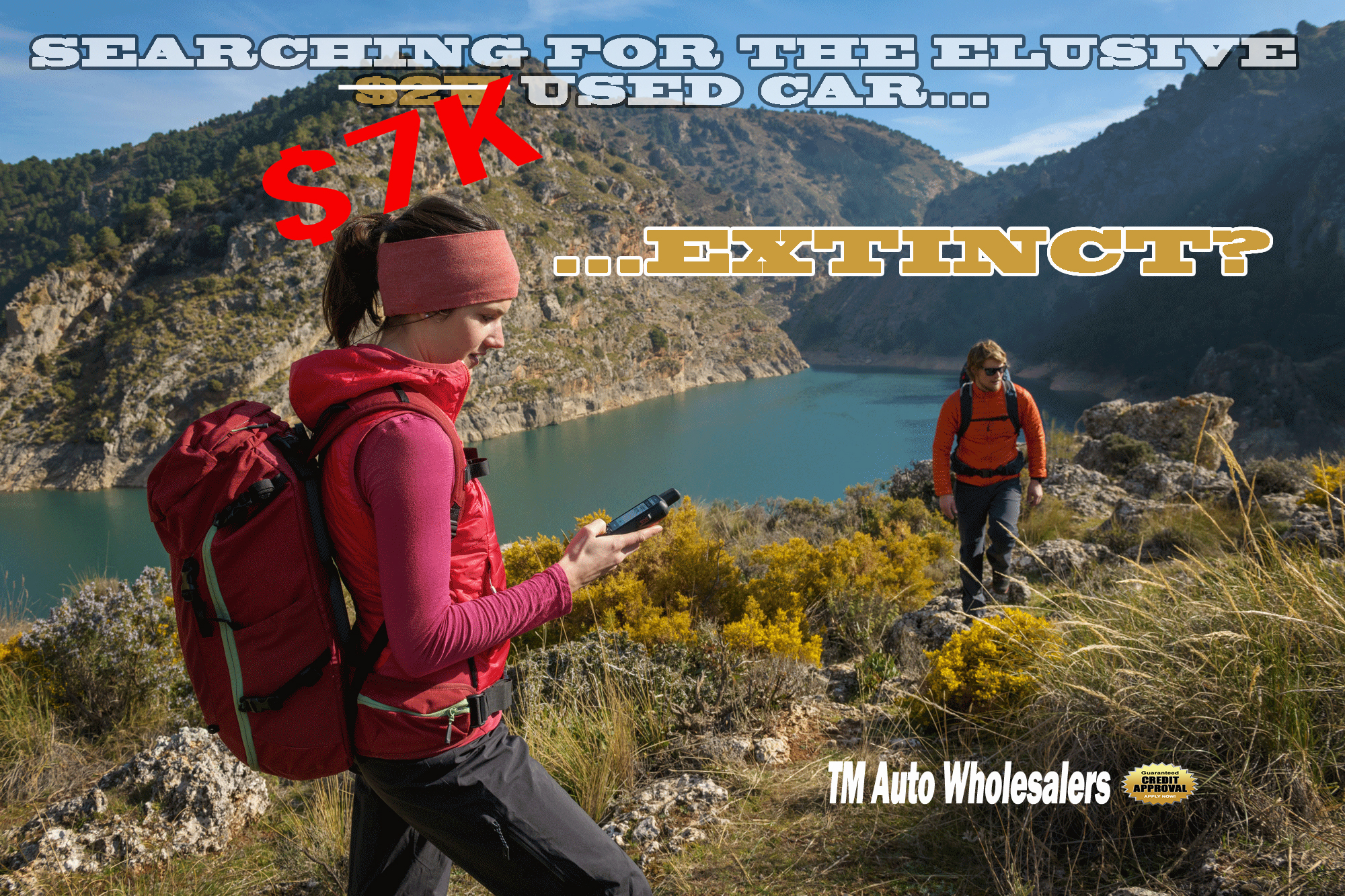


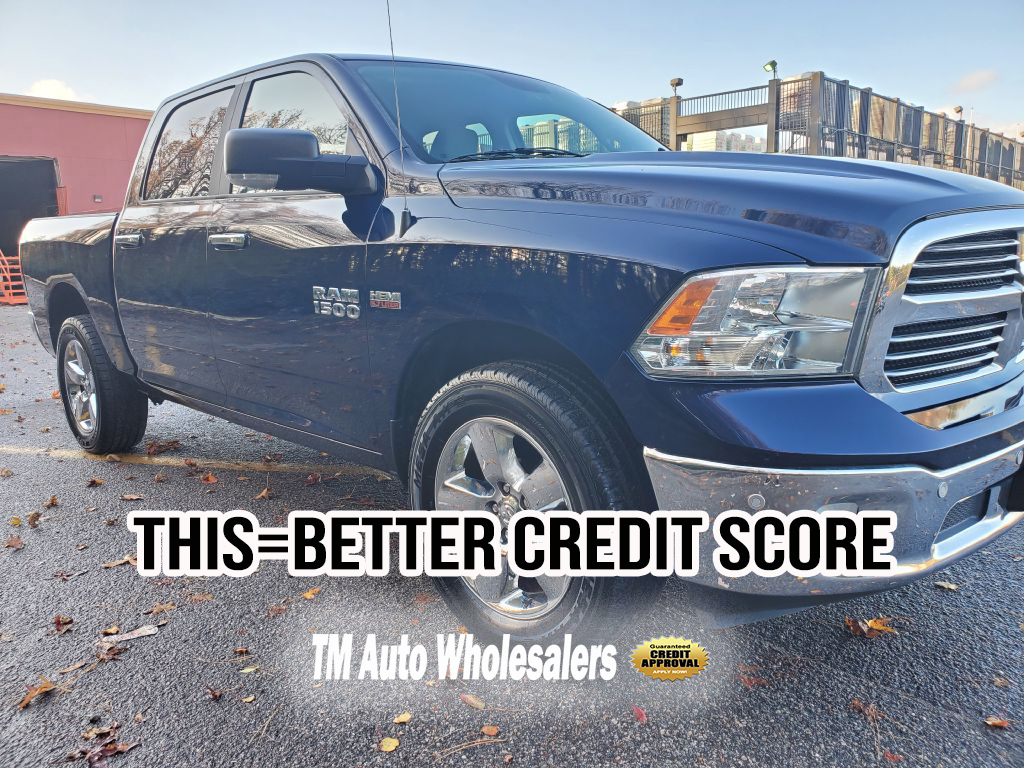
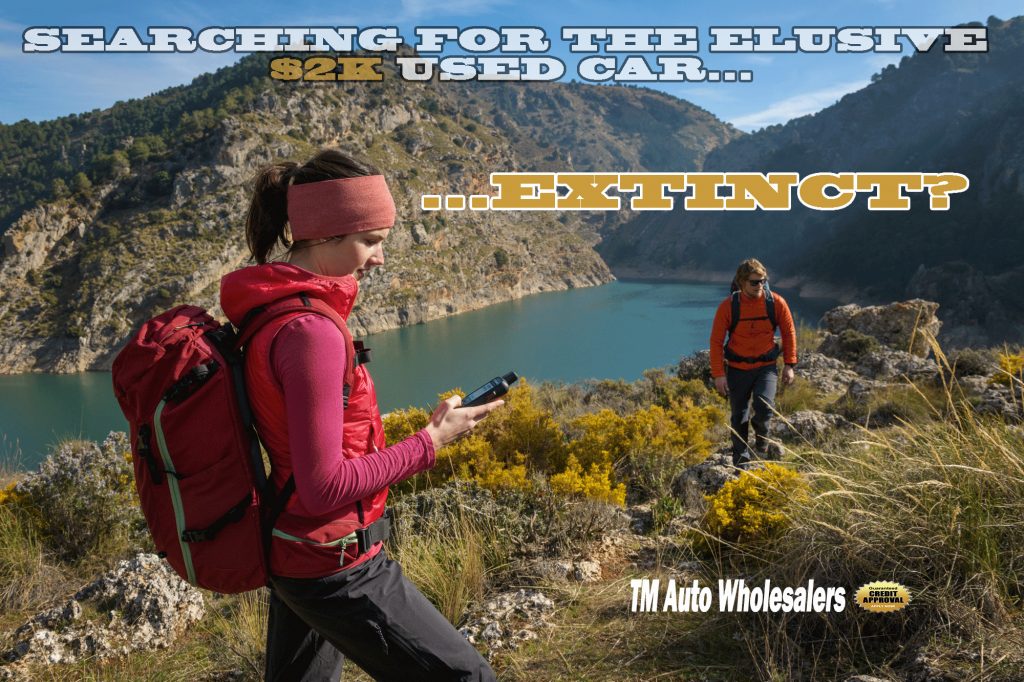 SEARCHING FOR THE ELUSIVE $2K USED CAR
SEARCHING FOR THE ELUSIVE $2K USED CAR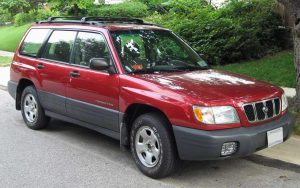 Of course there are, just harder to find. Best bet is to purchase from family or close friends that can guarantee the car’s history. 150’000 plus miles is fine as long as the car has been properly maintained and loved. Otherwise it’s anyone’s guess how long the car will last. Dealers can’t sell what they don’t have and there are so few of these rare birds available that dealers can’t find them either. The discerning used car dealer has a reputation to protect and must have a reasonable amount of confidence in each used car they sell. Often times cheap is just cheap and that doesn’t meet inventory standards.
Of course there are, just harder to find. Best bet is to purchase from family or close friends that can guarantee the car’s history. 150’000 plus miles is fine as long as the car has been properly maintained and loved. Otherwise it’s anyone’s guess how long the car will last. Dealers can’t sell what they don’t have and there are so few of these rare birds available that dealers can’t find them either. The discerning used car dealer has a reputation to protect and must have a reasonable amount of confidence in each used car they sell. Often times cheap is just cheap and that doesn’t meet inventory standards.
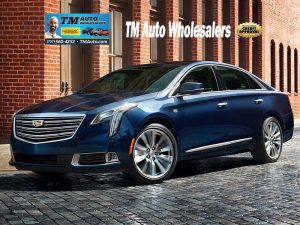 A new car purchase is exciting, there is nothing quite like the moment you drive off in your new car! It’s the same for all of us, what is there not to love? Well, you probably won’t love the price tag or the drop in value within the first 1-5 years. In fact, that car will be worth 20-30% less within 12 months, that’s a $15’000 loss on the average luxury car! Could you have used that cash?
A new car purchase is exciting, there is nothing quite like the moment you drive off in your new car! It’s the same for all of us, what is there not to love? Well, you probably won’t love the price tag or the drop in value within the first 1-5 years. In fact, that car will be worth 20-30% less within 12 months, that’s a $15’000 loss on the average luxury car! Could you have used that cash? 

 Can one have too many cars? Well, as a used car dealer my knee jerk reaction is…, never! I mean I have around 20-30 at all times and seldom drive the same one two days in a row, it’s great! Ok, I get that I might possibly be a little tiny bit bias but still, is that something that people are concerned with? Should we be considering the risks of owning too many cars or is there even such a thing?
Can one have too many cars? Well, as a used car dealer my knee jerk reaction is…, never! I mean I have around 20-30 at all times and seldom drive the same one two days in a row, it’s great! Ok, I get that I might possibly be a little tiny bit bias but still, is that something that people are concerned with? Should we be considering the risks of owning too many cars or is there even such a thing?
